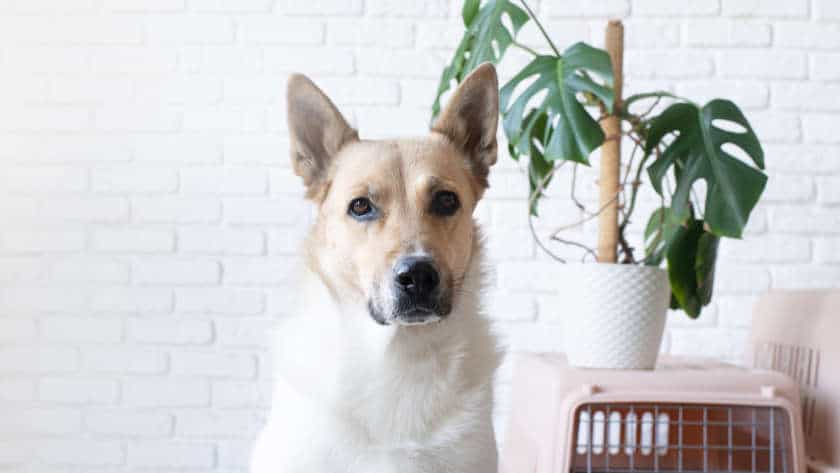Leash Training Milestones: What to Expect at Different Puppy Stages Leash training your pup?
There are milestones to expect at different stages of development:
8-10 Weeks: Puppy's still adjusting and may not take leash well. Be patient and give treats as reward.
10-16 Weeks: Puppy's becoming coordinated, but may pull or tug. Keep leash short…










